Unveiled at CES 2025, a new non-invasive blood glucose monitoring device, Isaac by PreEvnt, aims to revolutionize diabetes management with real-time alerts via breath analysis.
At CES 2025, PreEvnt, a subsidiary of Scosche Industries, unveiled Isaac, an innovative device designed to monitor blood glucose levels without finger pricks. The small device, clip-on or lanyard-friendly, combines advanced sensors with a user-friendly app for convenient and less invasive diabetes management.
Isaac the Monitor
Isaac is suitable for individuals with Type 1 and Type 2 diabetes, pre-diabetes, or those wanting to monitor their metabolic health. Using patented technology from Nanoz, the device detects acetone, a volatile organic compound in breath, to measure glucose levels.
Like service dogs trained to detect glycemic episodes, Isaac provides real-time feedback to its users.
A companion app, available for iOS and Android, enables tracking and sharing blood glucose reports with caregivers or medical professionals. Alerts and notifications are customizable, empowering users to take timely action. The rechargeable device lasts a full day on a single charge, making it ideal for multiple daily tests.
The development of Isaac stems from a personal story. Inspired by the challenges faced by the inventor's grandson, diagnosed with Type 1 diabetes at age two, the device seeks to reduce dependence on traditional, often painful glucose monitoring methods.
For many, traditional finger-prick methods are cumbersome and painful, leading to inconsistent monitoring. Isaac could bridge the gap, offering an accessible alternative supported by five years of rigorous research in collaboration with Indiana University.
However, the product is still under FDA review, so isn't yet available for sale in the United States. The FDA's scrutiny ensures that the device meets stringent safety and efficacy standards, which could bolster consumer confidence upon release.
 Andrew Orr
Andrew Orr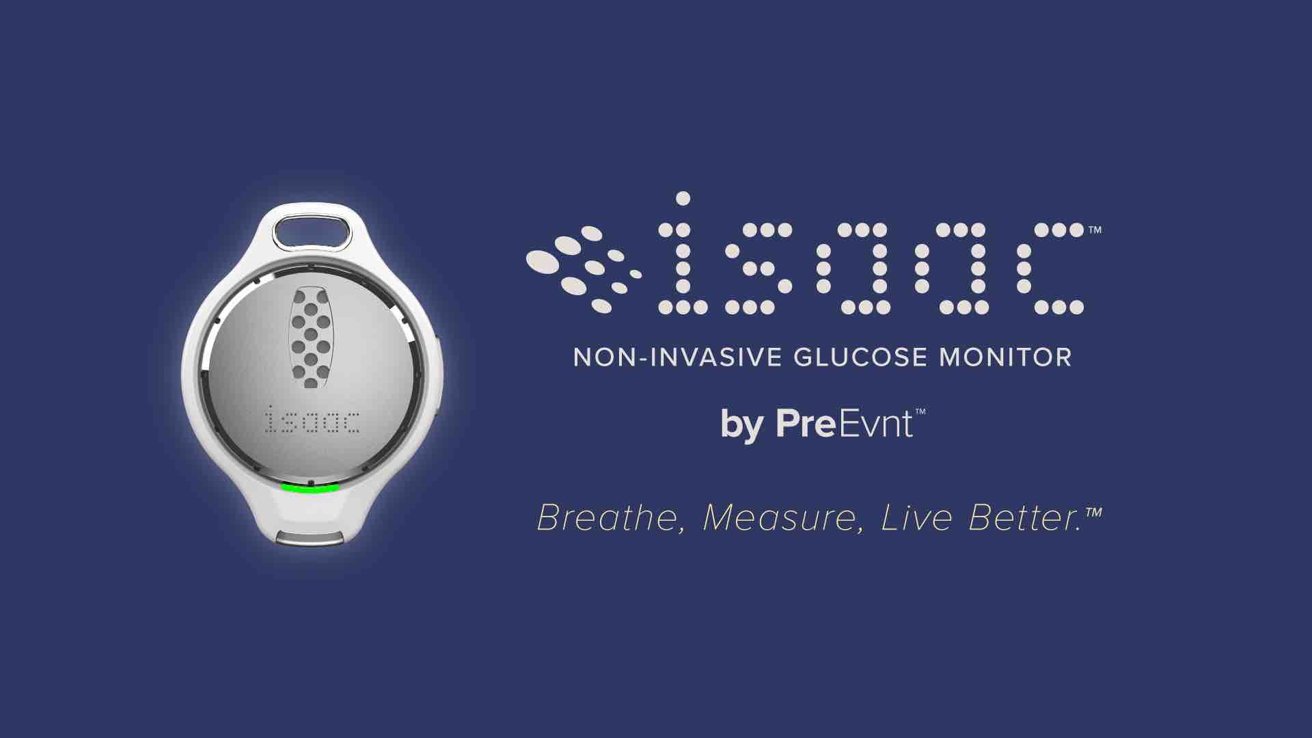
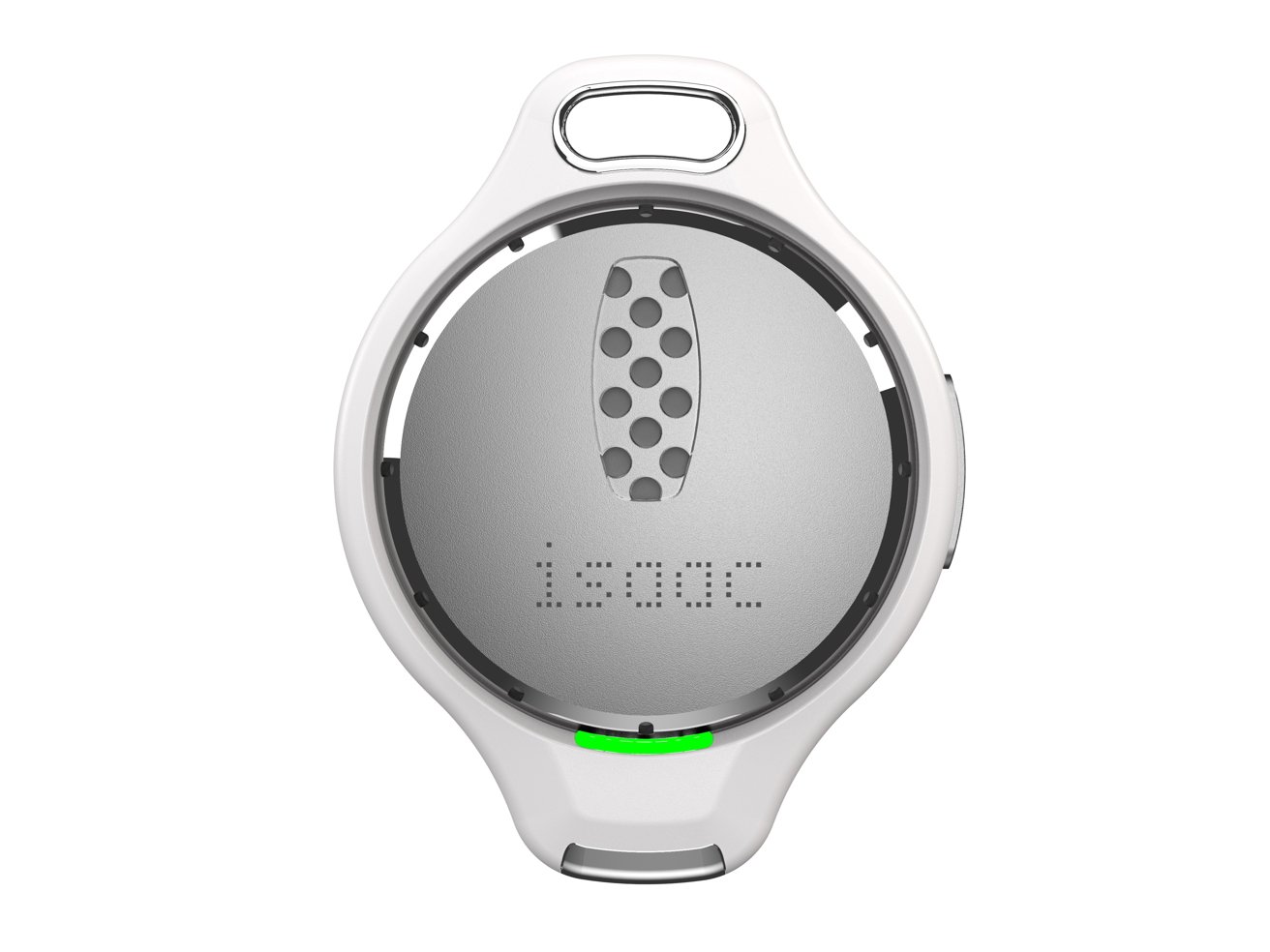
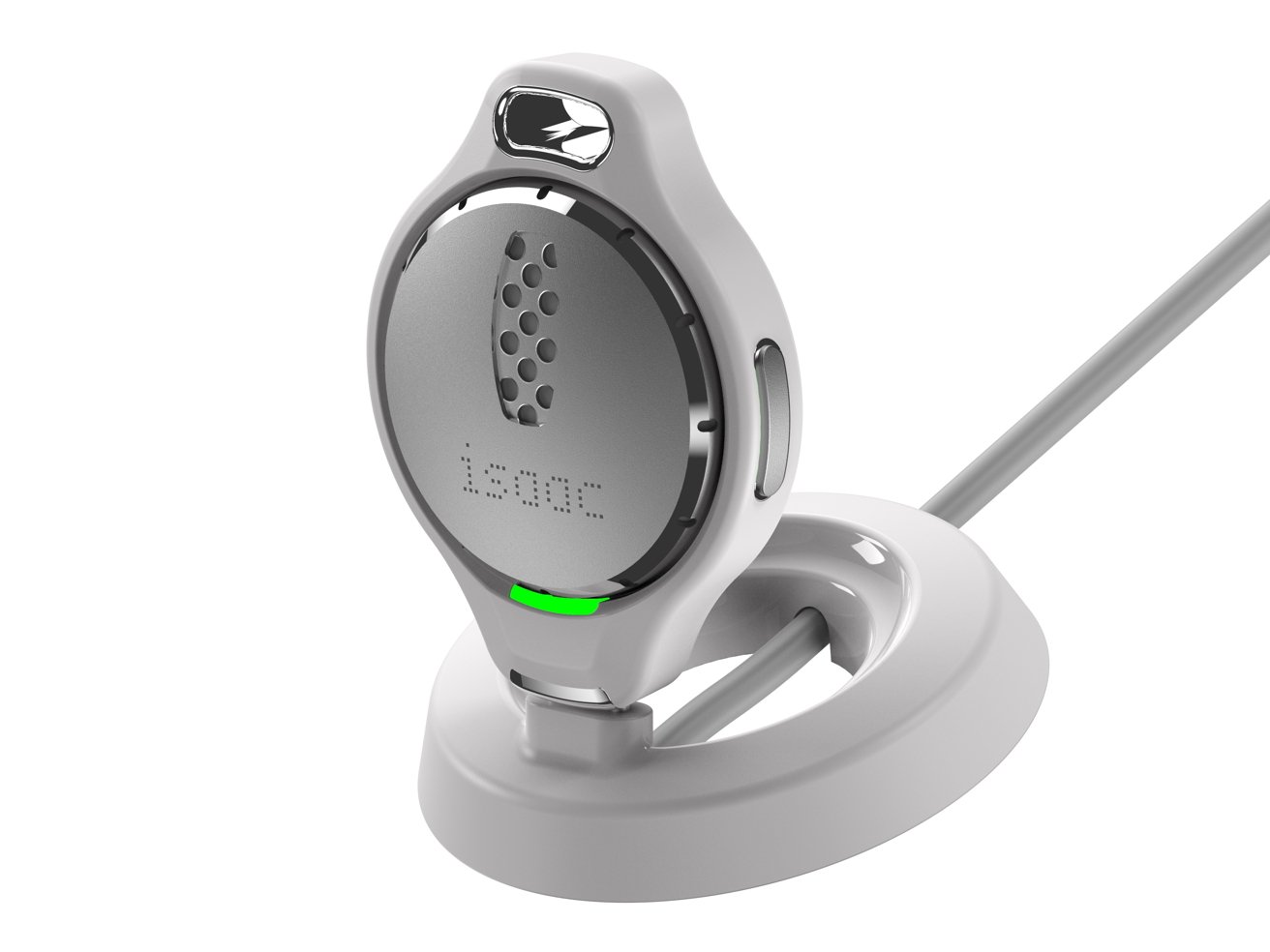

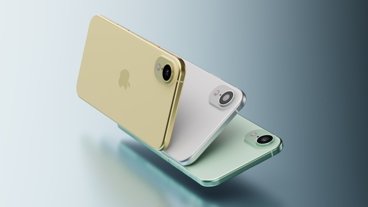


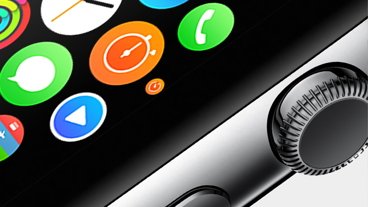


-m.jpg)






 Christine McKee
Christine McKee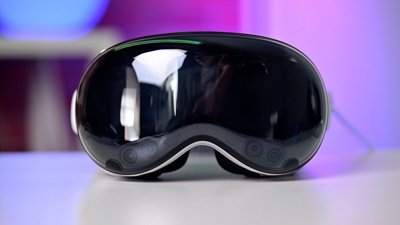
 Malcolm Owen
Malcolm Owen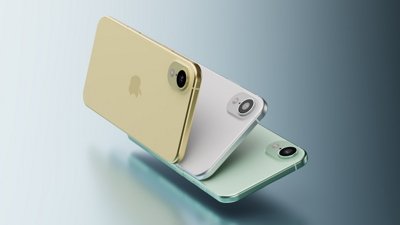
 Marko Zivkovic
Marko Zivkovic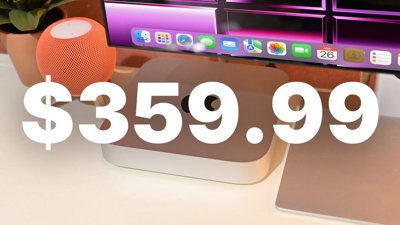

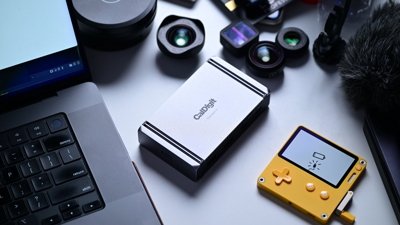
 Andrew O'Hara
Andrew O'Hara
 William Gallagher
William Gallagher

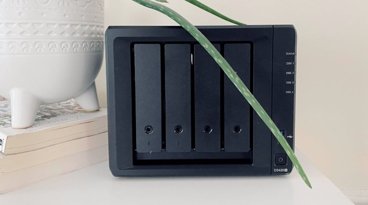



-m.jpg)
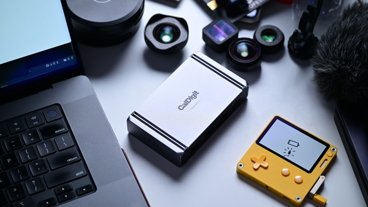


3 Comments
If this is legit then this is a HUGE game changer.